Nearly everyone experiences pain or injury at some point in their lives. Whether acute or chronic, orthopedic conditions can have a large impact on our daily function and limit our ability to perform the activities we love. Fortunately, physical therapy can help patients at any stage recover and return to pain-free movement. Orthopedic injuries and conditions tend to make up the bulk of our caseloads at our clinics, and we have numerous physical therapists with advanced certifications in orthopedics. Some of the most common orthopedic conditions we treat include:
- Low back pain
- Neck pain
- Rotator cuff injuries
- Knee or hip osteoarthritis
- Tennis elbow
- Plantar fasciitis
- Ankle sprains
- Post-operative knee or hip replacements
In addition to treating orthopedic conditions, physical therapists are well-equipped to treat a variety of neurologic conditions as well. Whether the goal is to improve or maintain function, physical therapists utilize techniques based on a patient’s needs, including strengthening, balance interventions, and head-eye coordination. Some of the most common neurologic conditions we treat include:
- Stroke rehab
- Post-concussive symptoms
- Parkinson’s Disease
- Vertigo
- Multiple Sclerosis
- Gait and balance difficulties
Dry Needling is a technique used by physical therapists to help the body exercise more efficiently. Dry Needling addresses trigger points in muscles that create pain, stiffness and weakness. These trigger points can impede normal muscular function required for proper movement and stability. By resetting a muscle’s resting tone with Dry Needling, the muscle can then contract more effectively. This leads to increased benefits from exercise and can help start your path to healthier and less painful movement.
What can be treated with Dry Needling?
- Low back pain and sciatica
- Neck pain
- Headaches
- TMJ disorders
- Relief of fibromyalgia and muscle soreness
- Rotator cuff injuries
- Hip pain
- Elbow disorders
- Pelvic floor dysfunction
- Running related injuries, including chronic hamstring and calf tightness
The vestibular system is the sensory system that lets you know where you are in space and helps you keep your balance. It includes the parts of the inner ear and brain that process sensory information. This system works with your vision the coordinate head, neck and eye movement to maintain balance and posture. When the vestibular system is not working effectively, you can experience dizziness, nausea and even headaches.
The most commonly diagnosed vestibular disorders include benign paroxysmal positional vertigo (BPPV), labyrinthitis, vestibular neuritis, and Meniere’s disease. During your initial evaluation, your physical therapist will perform a series of tests to determine the nature of your complaints and create a plan of care to address your impairments.
Vestibular rehabilitation therapy is a form of physical therapy that uses specialized exercises to stimulate and retrain the vestibular system. Depending on the cause of your symptoms, your treatment may consist of visual exercises, gait training, neck stability and balancing. Your PT will progress your treatment appropriate to help you resume a healthy and active lifestyle.
Symptoms of vestibular disorders:
- Dizziness
- Ringing in the ears (tinnitus)
- Nausea
- Hearing loss
- Double vision
- Loss of balance
- Fullness of ears
- Vertigo (room spinning)
- Bouncing field of vision
The temporomandibular joint (TMJ) is the hinged joint that connects the mandible, or lower jaw, and the temporal bone of the skull. It is located in front of the ear on either side of the head. The joint is flexible and allows for the motion needed to talk, chew and yawn. The muscles surrounding the joint control the smooth movement of the jaw to open and close the mouth. Between the two joint surfaces of the TMJ sits a disc. This disc also assists in the smooth motion of the joint.
Pain in this area, or temporomandibular dysfunction (TMD), can occur suddenly without an identifiable cause. Muscle irritation, joint immobility or disc displacement are often the root cause of facial pain. Neck trauma, poor posture or orthodontic work can cause abnormal motion of the jaw or displacement of the disc and lead to facial pain.
Symptoms of TMD can include:
- Headache
- Neck pain
- Clicking or popping at the TMJ with opening or closing of the mouth
- Decreased range of motion when opening or closing of the mouth
- Ear pain
- Abnormal motion of the jaw
TMD treatment includes:
- Manual therapy to improve both joint and soft tissue mobility of the TMJ and cervical spine
- Postural screening and instruction on postural correction
- Instruction on exercise to improve TMJ and cervical spine strength and stability
- Dry needling of the facial and cervical muscles
We tend to take our hands for granted — until they give us trouble. Proper functioning of our hands, elbows, and shoulders is vital for almost anything we do, yet because there are so many moving parts, the interplay of these muscles, tendons, ligaments, nerves, and bones can be enormously complex. Because of this, treating many hand and upper extremity problems requires specialized knowledge.
Pain and loss of function in the hand and upper extremity may develop slowly, over a period of years; it may happen suddenly, due to trauma; or may come in the aftermath of surgery. Whatever the cause, proper diagnosis and swift treatment by a qualified therapist are imperative in order to regain maximum function. Some problems are simple, but others are surprisingly difficult, and the safest course of action is to seek treatment before the pain and/or dysfunction becomes overwhelming.
At Bodies In Motion, our Certified Hand Therapist (CHT) has received national accreditation after completing lengthy training and rigorous testing and has accumulated more than 5000 hours in direct practice of treatment for the hand, elbow and shoulder. In addition, she has more than 16 years of clinical experience in physical therapy.
Specialized hand and upper extremity therapy may be required for:
- Carpal tunnel syndrome
- Fracture
- Tendon rupture
- Osteoarthritis
- Tendinopathy
- Nerve injury
Treatment for the hand and upper extremity may include:
- Exercise
- Joint mobilization
- Soft tissue mobilization
- Splinting
- Ultrasound
- Electrical stimulation
Bodies in Motion Physical Therapy is one of the few physical therapy practices in Northern Virginia to utilize the advanced and promising tool of rehabilitative ultrasound imaging. Ultrasound imaging employs the same safe and tested technology used in settings such as pregnancy monitoring, but this technology can also serve as a tool to aid in rehabilitation.
While utilizing ultrasound imaging, both therapists and patients can observe muscle activation in real-time, providing a better understanding of how effectively a given muscle is functioning. This allows therapists to progress therapeutic exercises in a targeted manner, with the knowledge that patients are using the correct muscles. Ultrasound imaging also helps patients train dysfunctional muscles to activate appropriately by providing visual feedback, which allows them to see how effective their efforts are at a given moment. This valuable training tool can be useful for a wide variety of musculoskeletal conditions, and we are excited for the opportunities this technology offers.
Physical therapy is an integral part of the multidisciplinary services that help children with developmental delay reach their full potential. It is important for children to have the functional ability to explore their environment and participate in age appropriate activities with their peers. Motor activity promotes cognitive development, verbalization and communication skills, hand-eye-coordination, and motivation to explore their environment. Children who are unable to navigate their surroundings effectively often develop difficulties in other developmental areas.
Gross motor delays can occur as a result of another developmental complication or can occur as an independent condition. Suspected gross motor delay is commonly identified by the child’s pediatrician, teacher or day care provider. During a physical therapy evaluation, physical therapists will use a combination of functional tasks and standardized tests to determine how a child’s motor skills compare to those of peers his/her age and to determine how much of a delay is present.
Using a combination of play and therapeutic interventions, physical therapists will help a child develop age appropriate gross motor skills, such as sitting, crawling, walking, jumping, and throwing. These activities are imperative to the physical, mental, social and emotional development of children. Early intervention with physical therapy often promotes greater success in deterring or limiting gross motor delays.
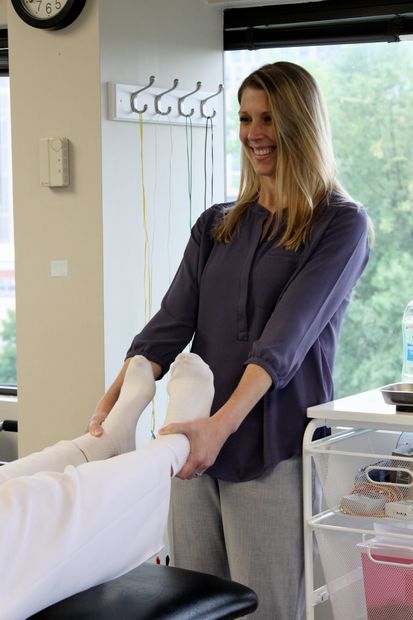
Slide title
Write your caption hereButton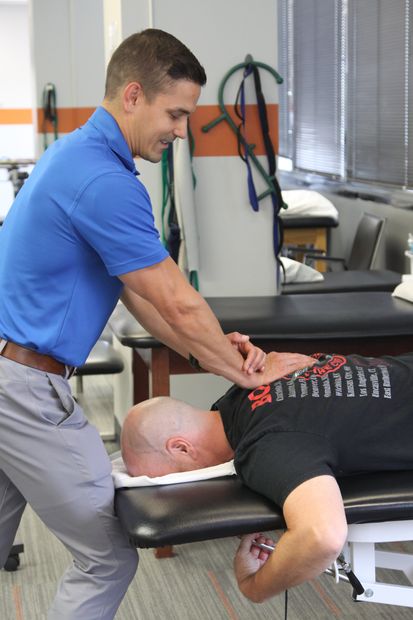
Slide title
Write your caption hereButton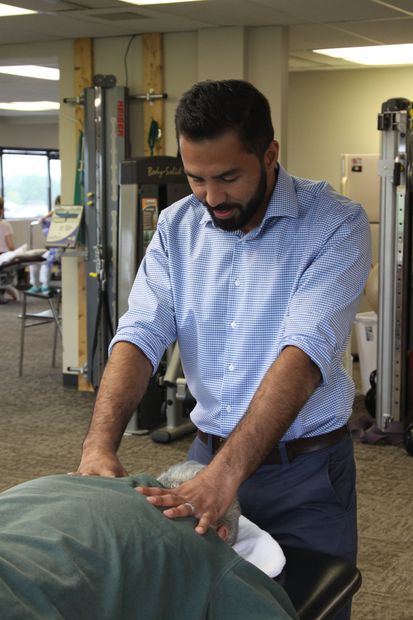
Slide title
Write your caption hereButton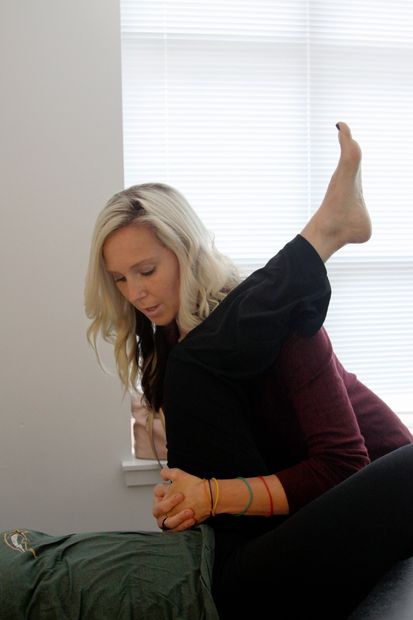
Slide title
Write your caption hereButton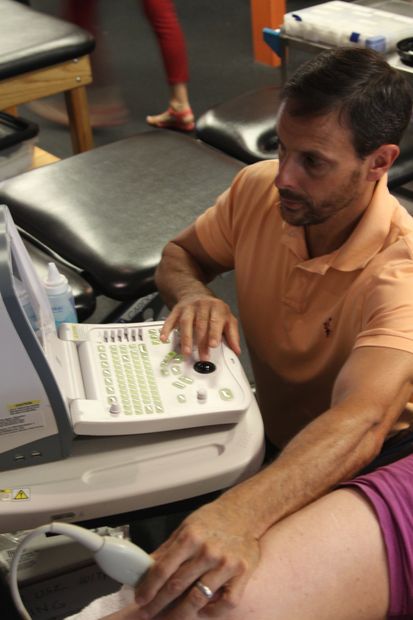
Slide title
Write your caption hereButton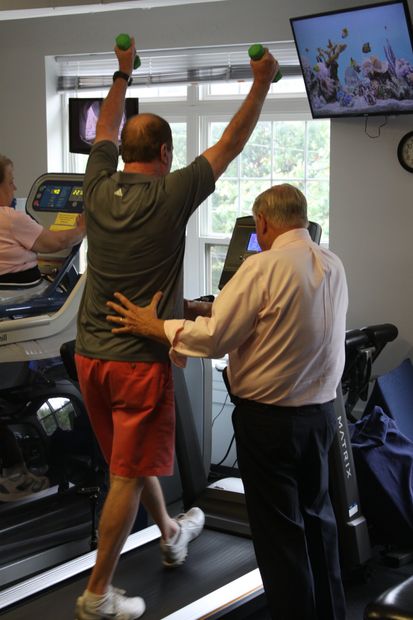
Slide title
Write your caption hereButton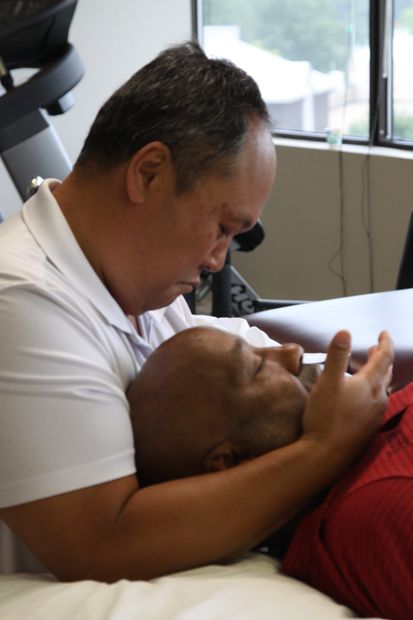
Slide title
Write your caption hereButton